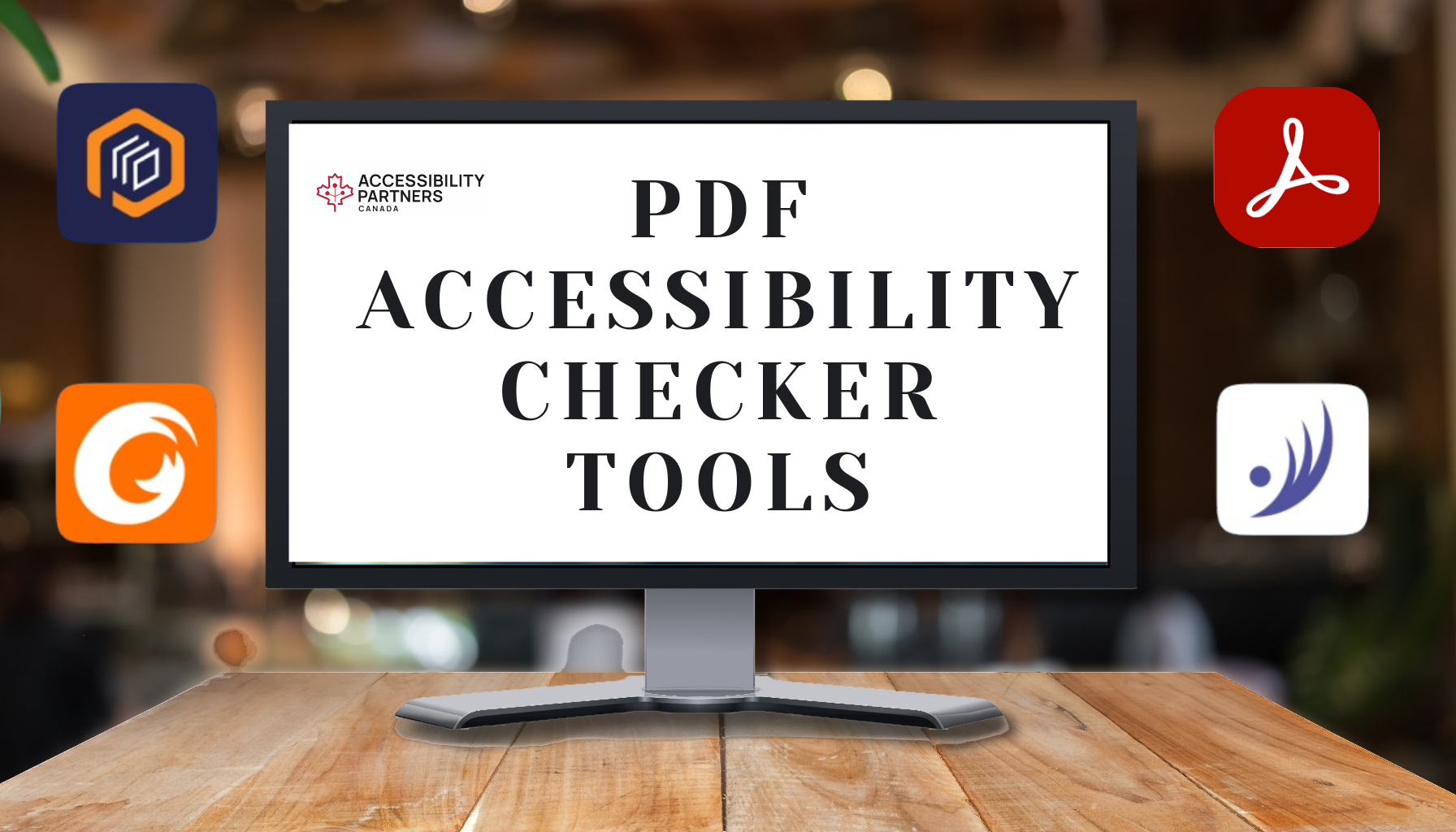An introductory post explaining the AODA standards for built environments.

People with disabilities often face barriers in their everyday lives that prevent them from fully participating at work or in other aspects of society. With the goal of getting rid of this discrimination related to disabilities, the government began the development of the Accessibility for Ontarians with Disabilities Act (AODA) in 1994.
What is the AODA?
The Accessibility for Ontarians with Disabilities Act, otherwise known as the AODA, is an accessibility law based in Ontario, Canada, and it regulates standards across government, public, and private sectors. It was enacted in 2005 to create a barrier-free Ontario by 2025.
According to the Ontario Ministry of Community and Social Services, 1 in 7 Ontarians has a disability, a figure that is expected to rise in the coming years. Based on this, the AODA have set up standards that regulate accessibility implementation across the province. There are currently five AODA standards and two new ones are being developed.
AODA Requirements in the Built Environment
Accessibility in the built environment begins with design. This involves thoughtful consideration of features such as ramps, elevators, door widths, and accessible washrooms. Moreover, attention to details like signage, lighting, and acoustics significantly impacts the user experience for individuals with disabilities. Under the AODA, accessible design for the built environment is governed under the Design of Public Spaces Standards.
The Design of Public Spaces Standards address critical accessibility aspects such as architecture, infrastructure, and facilities, paving the way for inclusive design practices. The standards ensure that new and redeveloped public spaces appropriately serve the needs of all users, including children, seniors, parents with strollers, and people with a wide variety of disabilities.
The standards apply to public, private and not-for-profit organizations in Ontario with one or more employees. Some of the requirements and implementation deadlines vary, depending upon the type of organization that is constructing or redeveloping the public space.
The standards particularly focus on the following aspects:
- Exterior Paths of Travel – Public sidewalks, ramps, stairs, rest areas, pedestrian signals at street crossings
- Recreation Trails – Boardwalks, ramps
- Beach Access Routes – Boardwalks, ramps
- Outdoor Public Use Eating Areas
- Outdoor Play Spaces
- Accessible Parking – Off and on street parking
- Service Areas in Public Spaces – Service counters, fixed queuing guides, waiting areas.

AODA Compliance
Compliance with AODA standards is not optional—it’s a legal requirement. The legislation outlines specific accessibility standards for the built environment, covering areas like entrances, pathways, parking, and public rest areas. For example, minimum dimensions for ramps, stairs, and corridors are specified to accommodate wheelchair users comfortably. Additionally, regulations mandate the installation of accessible parking spaces with appropriate signage and nearby access routes.
To attain the goal of a barrier-free Ontario, the AODA has set forth a series of implementation phases to reach compliance by 2025. If companies aren’t proactive about accessibility, there are penalties for failing to comply with the law. Corporations can face significant fines of up to $100,000 for each day they aren’t compliant with the AODA.
Additionally, directors and officers can be found liable for fines of up to $50,000 for each day their organization fails to comply.
Challenges in Ensuring AODA Compliance
Despite progress, challenges persist in achieving full accessibility. Retrofitting existing structures to meet AODA standards can be complex and costly, posing obstacles for many businesses and organizations. Some stakeholders may view accessibility as an afterthought or an unnecessary expense rather than a fundamental human right. Overcoming these cultural barriers requires concerted efforts to promote empathy, understanding, and a shift in mindset towards prioritizing accessibility as a core value.
However, these challenges also present opportunities for innovation and collaboration within the design and construction industries. By embracing creative solutions and leveraging advancements in technology, we can overcome barriers and create truly inclusive environments.
Steps Towards Making Your Space Accessible
To ensure your premises are accessible, it’s crucial to consider various factors and develop a comprehensive action plan. Here’s a reiteration of the key points provided in the guidelines:
- Determine if you own or lease the premises, as this affects the feasibility, timing, and cost of accessibility changes.
- Assess if your building can accommodate physical changes and if renovations can be integrated into regular maintenance or updates.
- Decide if you need to hire professionals like consultants, architects, engineers, or contractors for the job.
- Create a checklist for developing an accessibility plan.
- Prioritize improvements based on the assessment, considering simpler, immediate, and lower-cost solutions.
By following these guidelines and implementing the necessary changes, you can make your premises more accessible to individuals with a wide range of disabilities, promoting inclusivity and ensuring equal access for all.
Conclusion
As we strive towards the goal of full accessibility by 2025, AODA serves as our guiding light. AODA’s standards are not static; they evolve in response to changing societal needs, technological advancements, and best practices in accessibility. Furthermore, ongoing education and training initiatives can help stakeholders stay informed and equipped to implement the standards effectively, fostering a culture of continuous improvement and innovation. In the journey towards universal accessibility, the design of public standards under AODA serves as a cornerstone, guiding the transformation of our built environment into inclusive spaces where everyone can thrive.
We at Accessibility Partners Canda prioritize inclusivity in the built environment and look forward to paving the way for a more equitable and vibrant society, where every individual can participate fully and independently. Together, let us continue to champion accessibility and build a future where every individual is valued, respected, and included.







